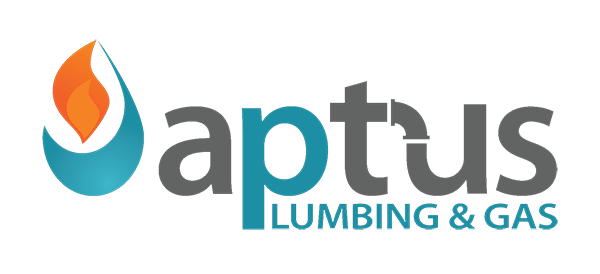Toilets
Home / Wiki / ToiletsLast updated Mon 16 May 2022
Toilets are an essential component of day-to-day living for many countries. These receptacles are used to capture human waste and, in some cases, are also used to dispose of the waste into existing sewerage systems. The materials and technologies used to create and operate toilets varies greatly from region to region, particularly between Asia and European/American countries and territories.
Water-Based Toilets
Many designs for toilets involve the use of certain volumes of water. For instance, the flush toilet is an incredibly common design found in Australia, and it operates by moving water into and out of the toilet pan. Above the toilet pan is a cistern of water connected to it that allows the pan to be rapidly filled with water, while below it is a drain pipe that typically connects to either a sewerage or septic system. When the toilet is 'flushed' the water present in the pan, as well as the human waste it holds, is ejected down the drain pipe, and water pours out of the cistern to clean away any remaining waste. The flush cycle is finished once the cistern is emptied, and the water is allowed to settle back to its previous height. The presence of the water in the bowl helps prevent sewer gases from entering the home, though this is typically also assisted by the presence of a dedicated vent pipe.
The volume of water used per flush cycle differs from toilet to toilet, though it is typically a significant portion of an individual's daily water usage. To help decrease the amount of water used, most modern flush toilets offer two flush settings. One will use more water than the other and the user can pick which setting to use depending on the volume of waste present. Additionally, 'low flow' and 'low flush' variants have also been designed to decrease the volume of water used overall while still providing the same functionality as a traditional flush toilet.
A vacuum toilet typically also uses water to flush, though some designs do not. Unlike a typical flush toilet, vacuum toilets use suction to remove waste to a vacuum sewer system, which allows them to use much less water than traditional flush toilets while offering additional benefits, such as the ability to conveniently separate out blackwater and greywater.
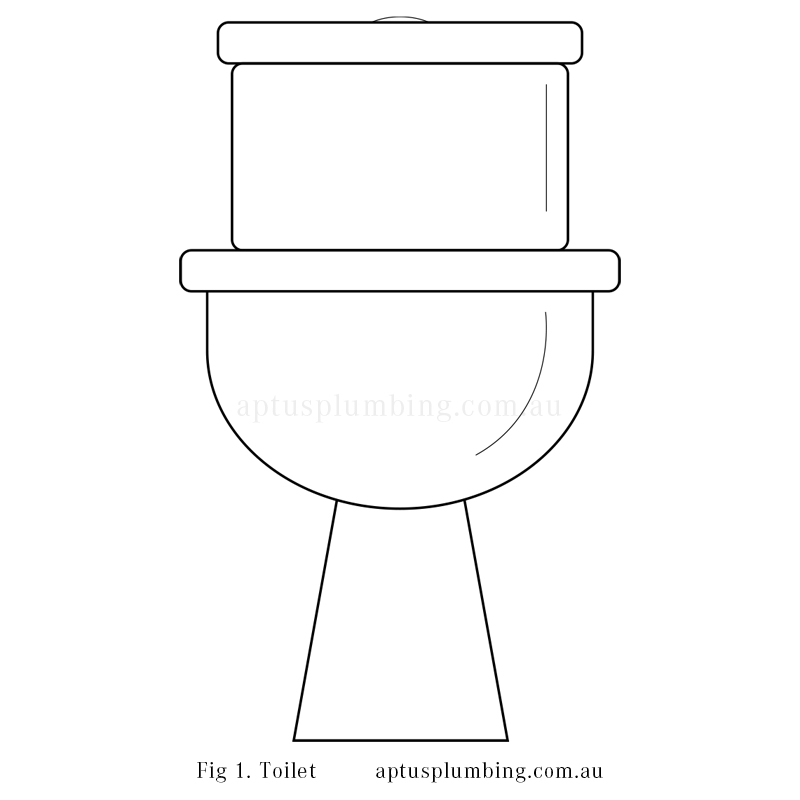
Aptus Plumbing Toilet
Water-less Toilets
Some toilets do not make use of water to remove waste. These dry toilets come in a wide range of different designs, though many are little more than a dedicated hole in the ground. In some cases, this can present concerns of contamination in places where the water table can reach the dry toilet and become contaminated by the waste within it. Dry toilets cannot be connected to sewerage systems, so they do not produce sewerage, only waste.
Pit latrines are a common example of a dry toilet still employed in some parts of the world, particularly rural regions. When properly built and effectively sealed from the water table, a pit latrine is more sanitary than open defecation, as the latter allows the spread of disease via flies and other insects attracted to human waste.
Portable toilets and chemical toilets are commonly seen in Australia, particularly on work-sites that do not yet have access to functioning plumbing. These facilities are typically entirely self-contained, and while portable toilets do not do much to seal in odours and gases from the waste, chemical toilets use their eponymous chemicals to treat the waste and minimise odours. Unlike portable toilets, though, some chemical toilets are permanently installed, and cannot be moved easily. Due to the size of the tanks used in both chemical and portable toilets, they require regular emptying.
Public Bathrooms
Bathrooms available for public use are also common in many countries, including Australia. These can be a room in a larger public space, such as a cinema, restaurant, or office building, or they can be in a dedicated building typically no larger than a shed, as is commonly seen in spaces like parks.

An example of a public bathroom, with a wall of urinals
Public bathrooms can provide more utility than mere access to a toilet, however. Many public bathrooms typically also include access to a sink, water, and hand soap with which to wash one's hands, as well as a mirror. As there is typically a lock present in the bathroom, whether that's on the door to the entire bathroom or just a single stall, they can be used for any activity that one requires privacy for, such as menstrual hygiene or changing the diaper on a baby (though some public bathrooms include a dedicated space for this).
Many public bathrooms are separated into male and female toilets, though some are unisex, particularly if they are smaller. Additionally, recent years have seen an increase in accessibility in public bathrooms, ensuring handicapped and wheelchair-bound individuals are able to access bathroom facilities while away from home.
In some countries, it is customary to pay for the use of a public bathroom, particularly if the bathroom is owned, managed, and maintained by a government body. In Australia, this is an uncommon practice, though some bathrooms are reserved for the customers of the managing business only. For instance, this may be the case in some restaurants, particularly those on the higher end.
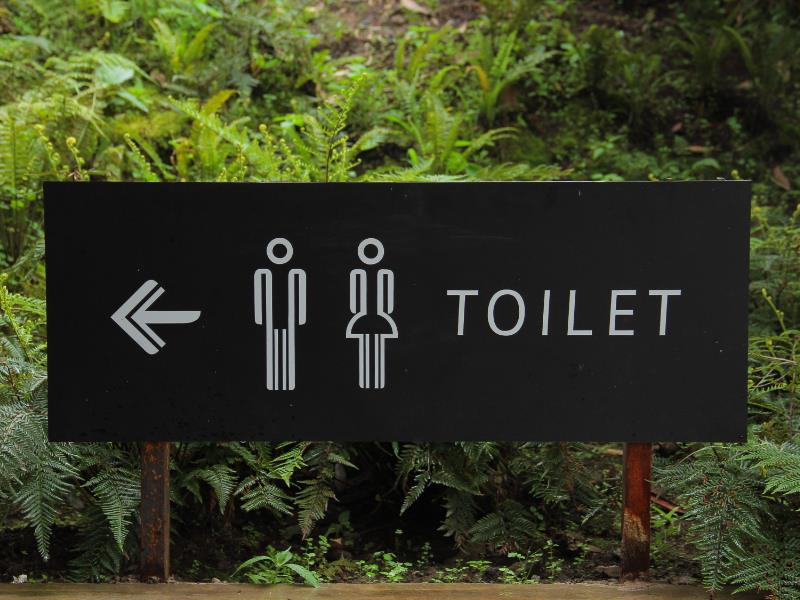
An English-Language sign navigating readers to a nearby public bathroom
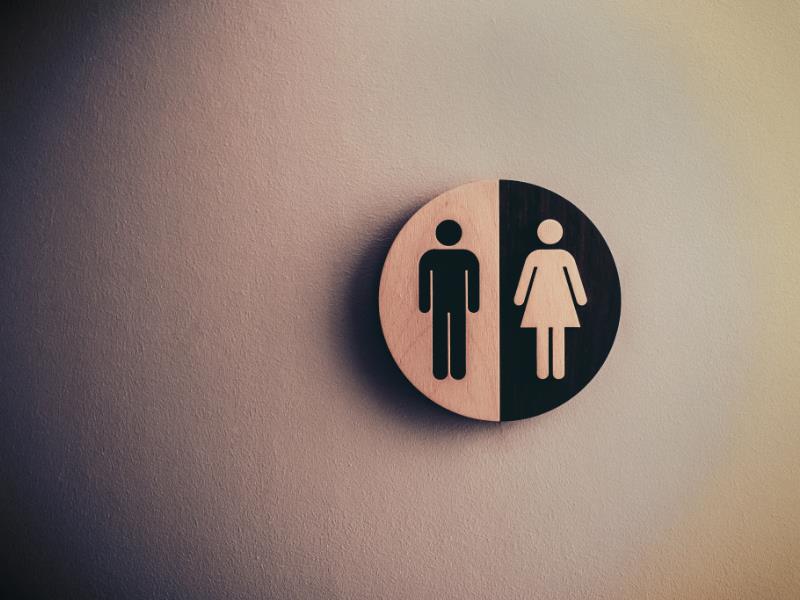
A more subtle sign indicating a bathroom with a common icon used globally
Catherine McLeod
20 Jun 2025
Verified
The service we received was fantastic. The boys were friendly to deal with and did a brilliant job and it was quick and efficient. They did everything possible to assist us with our new hot water syst... more
Ryn
13 Jun 2025
Verified
This is the third time we have gone with Aptus, and for good reason. Tyler and his off aider did an amazing job installing our garden pump and removing an old solar heart off our roof. The installatio... more
Isaac Kirsch
13 Jun 2025
Verified
Aptus were prompt, efficient and professional. During a new retaining wall construction I uncovered the house water main feed. Called several plumbers but Aptus were the only ones able to come out sam... more
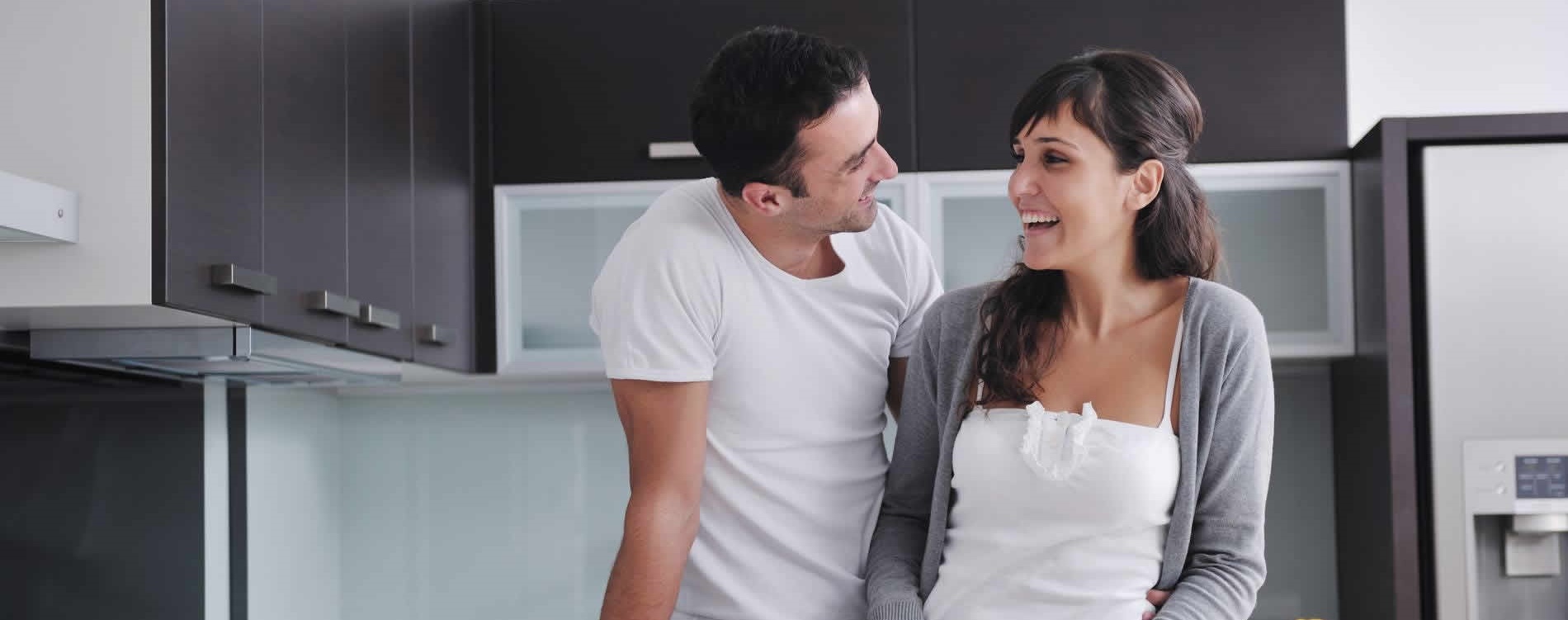
We happily service all areas of Brisbane and beyond. Get in touch today.
And enjoy peace of mind with a dedicated team on call 24/7
